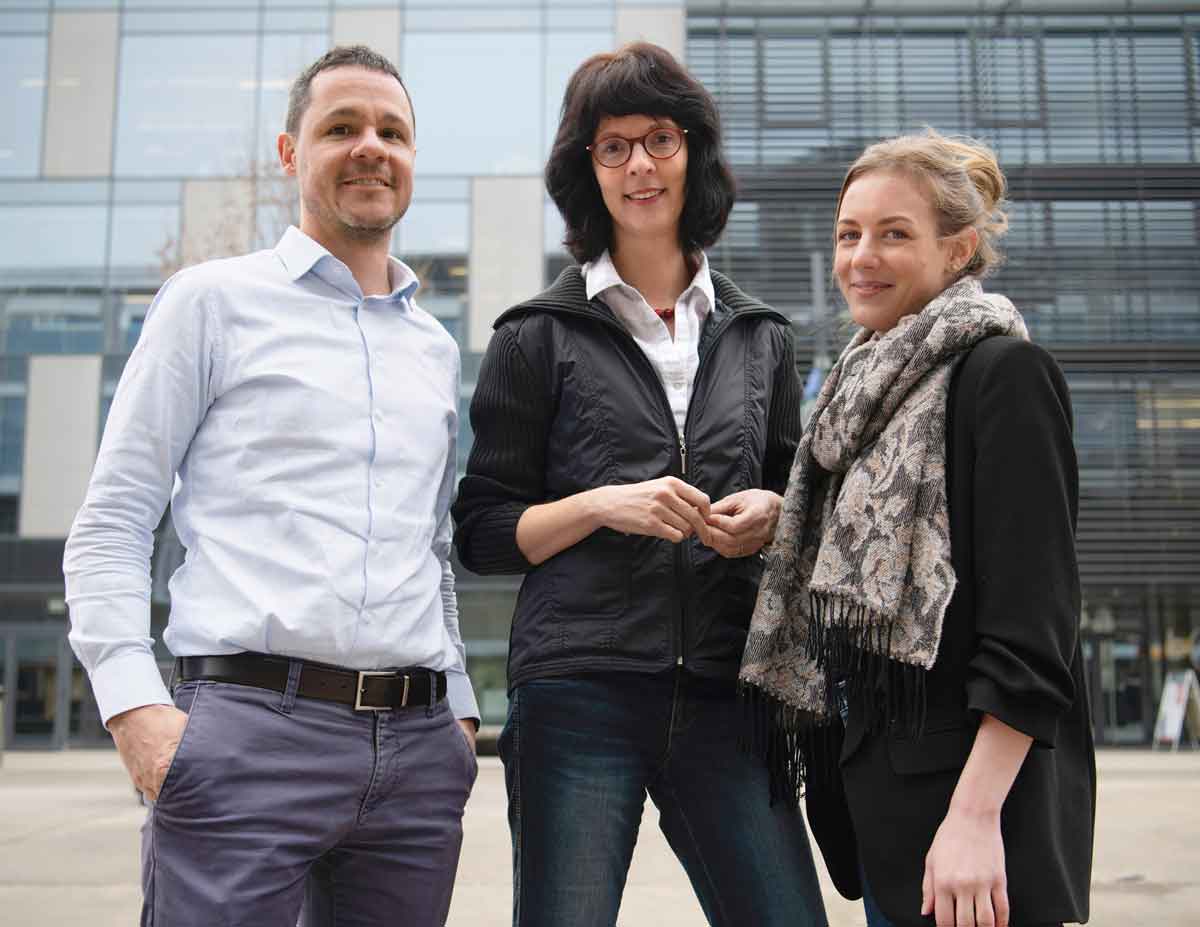
As a scientific assistant in the Medical Devices Vigilance unit, Michaela Bürge investigates serious incidents involving medical devices. One was this case involving a US-based manufacturer.
“My most recent case involved a manufacturer’s report of a serious incident in Switzerland. In processing the case, I familiarised myself with the investigation into the incident and started to go through all the material with keen interest. The incident had also been reported to us by the hospital where it happened. A patient had suffered post-operative dislocation of a spinal implant – an incident with very serious consequences.
The American manufacturer subsequently carried out an analysis of the causes and compiled a final report setting out the results of its investigation. It was now my job to take a very close look at this report. Cross-checking against our vigilance cases database, I was struck by the fact that there had already been several serious incidents involving this particular spinal implant in Switzerland. The problems described were similar to those in the current case. My misgivings grew. Then there was the manufacturer’s incomplete analysis of the causes. This prompted me to demand additional documents from the manufacturer.
The subsequent evaluation of the material revealed that the empirical probability of dislocations involving the implant was significantly higher than the probability anticipated by the manufacturer in its risk analysis. I demanded a statement from the manufacturer. Moreover, I asked the company to describe the corrective and preventive action it planned to take to counteract the problem. The reply was disappointing. The manufacturer was not prepared to initiate action on the grounds that the overall risk level was within acceptable range and no authoritative sales figures were as yet available.
«The CER was inadequate and contained critical shortcomings»
We were neither willing nor able to accept this. I asked the manufacturer to send us the clinical evaluation report (CER) for the product. Isabel Scuntaro, a mascientific assistant in the Clinical Trials and Hospitals unit, and I assessed the CER. We both concluded that it was inadequate and contained critical shortcomings. As a consequence, I reported my suspicions to the Market Monitoring of Medical Devices unit. Michael Köhli, an inspector, re-evaluated the case, and after discussing the matter we decided to submit a request for mutual assistance to the responsible European authority (COEN) and the conformity assessment body. In our request, we asked for an evaluation of the circumstances as described and for the initiation of appropriate action.
Since the manufacturer was based in the USA, the responsible European authority was the national agency of the country in which the manufacturer’s authorised representative (AR) for the EU was domiciled. The authority in question demanded a statement from the US manufacturer. This was submitted without the need for further action. In view of the risk presented by the product, we decided to take action in our domestic market, and the product was banned in Switzerland. This step ultimately resulted in the manufacturer withdrawing the product from the global market.”